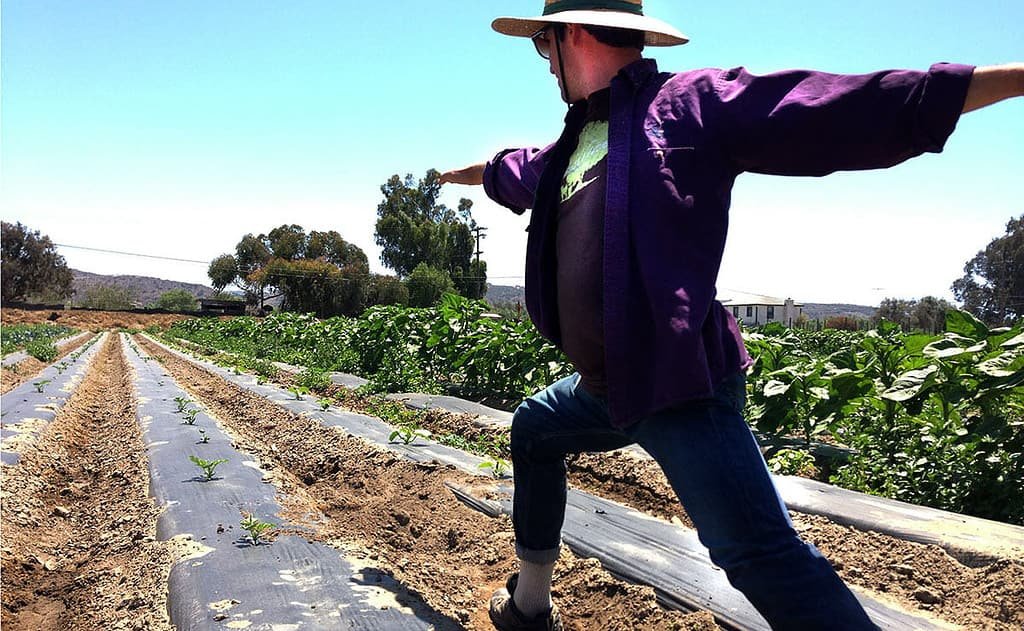Starting a vegetable garden is an exciting endeavor that allows you to grow your own fresh produce right at home. However, choosing the right location for your vegetable garden is crucial for its success. Factors like sunlight, soil quality, water availability, and climate can significantly impact the growth of your plants. In this article, we’ll guide you through the essential steps and considerations to help you select the perfect spot for your vegetable garden.
Step 1: Assessing Sunlight Exposure
One of the most critical factors in selecting a garden location is the amount of sunlight the area receives. Vegetables generally require at least 6 to 8 hours of sunlight daily for optimal growth. Here’s how to evaluate sunlight exposure:
- Observation: Monitor the potential garden area throughout the day to identify spots that receive the most sunlight.
- Sun Tracking: Note the path of the sun across the sky and how it affects different areas of your property.
- Shade Analysis: Identify any structures, trees, or other obstructions that may cast shadows on the garden area during the day.
Choose a location that gets maximum sunlight to ensure your vegetables thrive and produce abundantly.
Step 2: Evaluating Soil Quality
Soil quality is paramount for a successful vegetable garden. The right soil will provide essential nutrients, good drainage, and proper aeration. Follow these steps to assess soil quality:
- Soil Testing: Conduct a soil test to determine its pH, nutrient levels, and composition. Many local agricultural extensions offer soil testing services.
- Texture Assessment: Evaluate the soil’s texture by taking a handful and squeezing it. Ideal garden soil should crumble easily when squeezed and not form a hard clump.
- Drainage: Ensure the chosen area has good drainage to prevent waterlogging, which can harm plant roots.
Improving soil quality with compost, organic matter, or appropriate soil amendments can make a significant difference in your vegetable garden’s success.
Step 3: Considering Water Accessibility
Having a reliable water source near your garden is essential for proper plant growth. Consider the following when evaluating water accessibility:
- Proximity to Water Source: Ensure the garden is close to a water supply, like a hose or watering can, to simplify irrigation.
- Rainfall Patterns: Familiarize yourself with your region’s typical rainfall patterns to plan watering schedules effectively.
- Watering System: Consider installing a drip irrigation system to efficiently distribute water and conserve this precious resource.
Adequate and timely watering is crucial for the health and productivity of your vegetable garden.
Step 4: Factoring in Climate and Microclimates
Understanding your local climate and the microclimates within your property is vital for selecting appropriate vegetables and planning their growth. Consider these climate-related aspects:
- Hardiness Zone: Determine your USDA plant hardiness zone to identify suitable plant varieties for your region.
- Microclimates: Assess different areas of your property for variations in temperature, sunlight, and wind exposure. Choose the area that mimics the best conditions for your desired crops.
Matching your vegetable choices with your climate and microclimates will lead to a bountiful and thriving garden.
Size and Suitable Crops
Creating a vegetable garden for homesteading involves considering the size and location of the garden, as well as planning the crops to be grown. Here’s a table outlining various sizes and potential crops for a vegetable garden in a homesteading context:
| Garden Size (Square Feet) | Location | Possible Crops |
|---|---|---|
| Small (100-200 sq ft) | Backyard or balcony | Tomatoes, peppers, lettuce, herbs, radishes |
| Medium (200-500 sq ft) | Backyard or side yard | Beans, carrots, spinach, cucumbers, peas |
| Large (500-1000 sq ft) | Backyard or separate area | Potatoes, squash, melons, corn, pumpkins |
| Extra Large (1000+ sq ft) | Dedicated garden area | Onions, broccoli, cabbage, kale, beets |
Frequently Asked Questions (FAQs)
Q1: Can I start a vegetable garden in a small space?
Absolutely! Vegetable gardens can thrive in small spaces like balconies, patios, or even windowsills. Utilize containers, vertical gardening techniques, and compact plant varieties to maximize your space.
Q2: What if my soil quality is poor?
If your soil quality is subpar, enrich it with compost, well-rotted manure, or organic matter. These amendments improve soil structure, fertility, and water-holding capacity.
Q3: Can I grow vegetables indoors?
Yes, you can grow vegetables indoors using containers, raised beds, or hydroponic systems. Ensure adequate light, proper watering, and suitable growing conditions.
Q4: How do I protect my garden from pests?
Implement organic pest control methods such as companion planting, neem oil sprays, or physical barriers like netting. Regularly inspect your plants and promptly address any pest issues.
Q5: Should I rotate my crops?
Crop rotation is beneficial to prevent soil-borne diseases and maintain soil fertility. Rotate crops annually, ensuring plants from the same family are not planted in the same area for consecutive years.
Conclusion for location for your vegetable garden
Choosing the perfect location for your vegetable garden involves careful consideration of sunlight exposure, soil quality, water accessibility, climate, and microclimates. By understanding these key factors and implementing best practices, you’ll set the stage for a flourishing vegetable garden that yields a rich harvest. Happy gardening!
Originally posted 2023-09-19 17:04:28.




